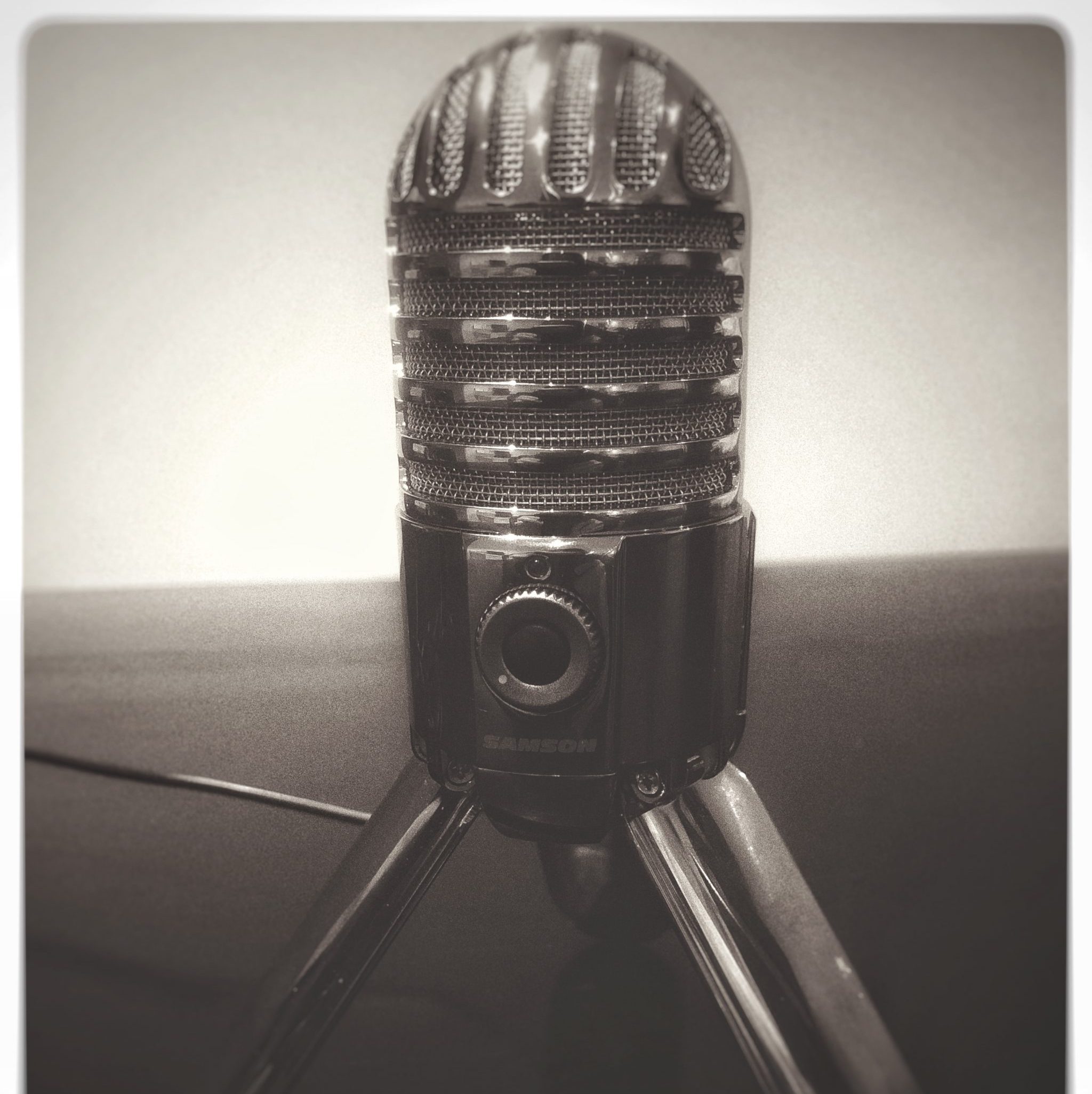
Happy New Year and Welcome back to EVE! I love new years, it’s a time for reflection and reassessment of dreams and goals, and also a look back at how far you have come. Personally I am still awaiting to hear back from the Academy of Emergency and Critical Care Technicians to find out if I have passed my coursework, making me eligible for the exam in September of this year. I am feeling both excitement and nerves and no matter the result, I know that I did my absolute best! I also know that’s why you are here in this space as well, so you can be at your absolute best no matter your skill level.
What better way to start off the New Year than with a brand new topic! ‘Patient Monitoring’. Together we will cover the common devices used to monitor our patients. Whether they are under General Anesthetic (GA), Critically ill in hospital, or being manually ventilated, it’s our job as Veterinary Nurses and Technicians to use this technology to the best of our ability. The most effective way to do so, is to keep in mind not only our limitations, but the limitations of the devices we have at our disposal.
Oftentimes it is all too easy to believe an inaccurate reading on our machines, and this could have serious consequences for your patients. Anything from suspected hypotension with a doppler; because it’s reading on an incorrect area i.e. over a joint, to an electrocardiogram (ECG) with poor contact points during a CPR can lead to serious injury and fatality. It all matters, it matters that the readings are done properly and accurately and it matters that as nurses we can identify inaccurate results! It’s critical to not only rely on these monitoring devices but to rely on your own senses to determine what is really going on. Nurse and Machine must become one in a lot of ways. Devices are great, but nothing compares to your own instincts! Getting your hands on the patients is so important for assessing and evaluating what monitoring devices will benefit the patient the most, and which device will get us the most accurate results. For example: what cuff size and blood pressure device to use in a 30kg vs a 5kg cat. Or how the haemoglobin saturation from our SpO2 in relation to the Capnography reading will help us get a complete picture of how the patient is doing under anesthesia. The more we work together and know these Devices, the better a job we can do.
I have such a passion for understanding how these devices work and emparting my knowledge of them onto others. Because at the end of the day the more we know, the better care we can give to our patients.
Within the month of January EVE will discuss different monitoring devices and their overall accuracy. We will discuss common pitfalls and limitations that each device has. With tips and tricks along the way to not only get the best out of your skills as a nurse or technician, but the best, most accurate readings to monitor your patient confident and effectively.
I hope you enjoy this aspect of nursing as much as I do!

No responses yet